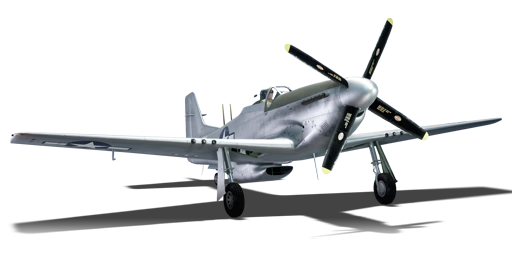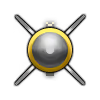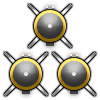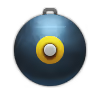


The P-51D-20-NA Mustang is one of the many variants of the Mustang produced by North American. The P-51D variant was the most produced variant of the Mustang family featuring improved wings and was built at multiple locations. The "-NA" denotes that the aircraft was built at North American's Inglewood plant. "-NT" aircraft were built at North American's new plant in Texas. Around 1,600 D-20s were built at Inglewood meanwhile 400 were built in Texas. The D-20 series of aircraft were built with the K-14 gunsight which was the USAAF name for the Mark II gunsight. The D-20 lacked the higher manifold pressure of the D-30 variant and more closely resembles the D-5.
Introduced in Update 1.33 as a premium pack, the P-51D-20-NA is a decent aircraft but has some flaws. The D-20 is very close to the D-5 in performance and shares the lower manifold pressure (lower power). However, it does have an improved rudder design which helps with controllability at higher speeds. Although the P-51D-20-NA is fast, it suffers in climb rate and is limited in its capabilities due to the lower engine power. Players must stick to the P-51's advantages whenever possible and should avoid dogfights with more nimble enemy aircraft.
flaps
flaps
flaps
brake
| Belt | Belt filling | Armor penetration (mm) at a distance: | |||||
|---|---|---|---|---|---|---|---|
| 10 m | 100 m | 500 m | 1000 m | 1500 m | 2000 m | ||
| API-T/AP/AP/I | 30 | 27 | 20 | 13 | 9 | 6 | |
| AP-I/AP-I/API-T/I/I | 28 | 26 | 18 | 11 | 7 | 4 | |
| API-T/I/AP/AP/AP-I/AP-I | 30 | 27 | 20 | 13 | 9 | 6 | |
| API-T | 28 | 26 | 18 | 11 | 7 | 4 | |
| AP-I/I/AP-I/I | 28 | 26 | 18 | 11 | 7 | 4 | |
| Name | Weight | Slot | ||||||||||
|---|---|---|---|---|---|---|---|---|---|---|---|---|
| 62.8 kg |  |  |  |  |  |  |  |  |  |  | ||
| 3 × | 51.8 kg |  |  | |||||||||
| 49.9 kg |  |  | ||||||||||
| 117.9 kg |  |  | ||||||||||
| 242.6 kg |  |  | ||||||||||
| 500.8 kg |  |  | ||||||||||







 2 x (90 / 235 / 440) %
2 x (90 / 235 / 440) % 
 2 x 166 %
2 x 166 % 

Flight performance | |
|---|---|
Survivability |
|---|
Weaponry | ||
|---|---|---|